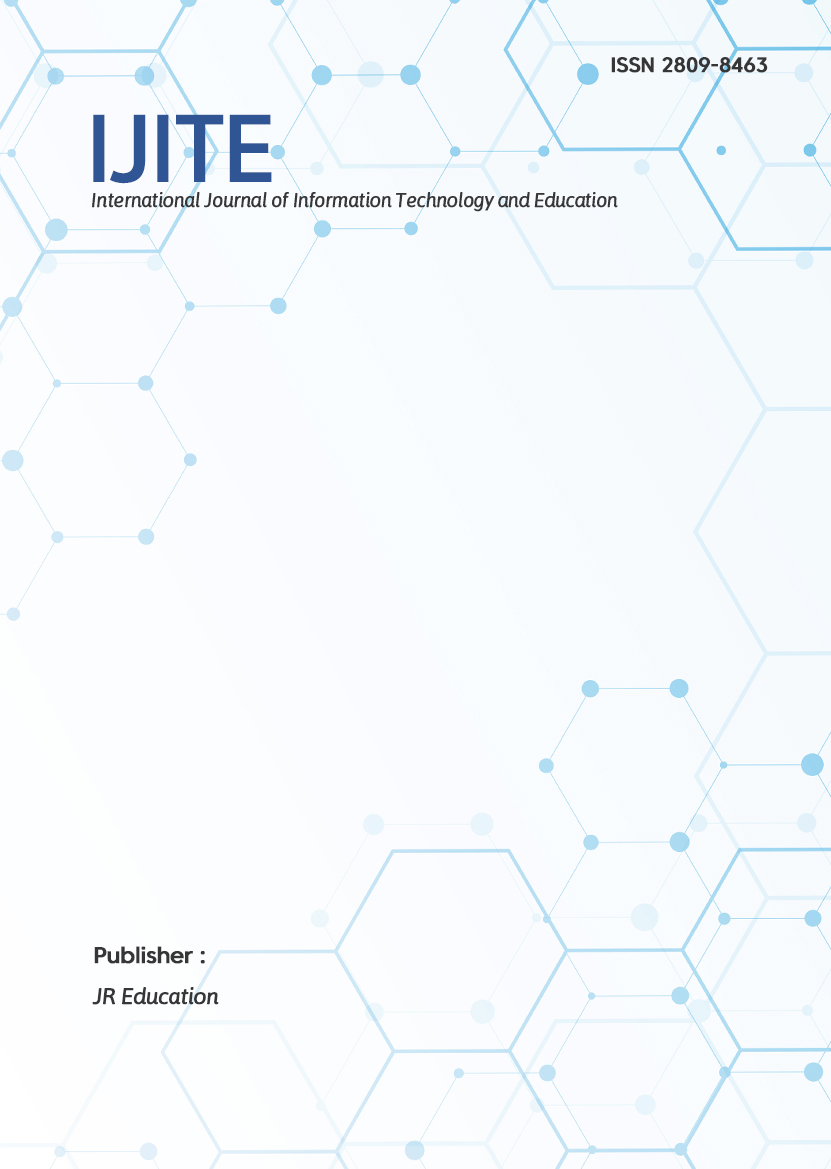The Relationship Between Learning Independence and The Intensity of 3-Dimensional Drawing Practice with Student Learning Achievement DPIB Department of SMK Negeri 1 Mopuya
DOI:
https://doi.org/10.62711/ijite.v2i1.90Keywords:
Independent learning, Practice Intensity, Learning AchievementAbstract
The aim of this study was to find out the relationship between learning independence and the intensity of 3D drawing practice using the ArchiCAD application with the learning achievement of DPIB students at SMK Negeri 1 Mopuya. The method used in this study is a quantitative method with data collection techniques used are questionnaires and documentation while the data analysis technique used is multiple regression analysis with the help of SPSS 24. The results showed that there is a positive and significant relationship between student learning independence and the learning achievement of students majoring in DPIB SMK Negeri 1 Mopuya, Bolaang Mangondow Regency, with a t value of learning independence variable (X1) 2.279 ≥ 1 .67943 t table so Ho is rejected and Ha is accepted, meaning that the higher the learning independence, the higher the student achievement, there is a positive and significant relationship between the intensity of 3-dimensional drawing practice using the ArchiCAD application and the learning achievement of students majoring in DPIB SMK Negeri 1 Mopuya Bolaang Mangondown Regency with the t value of the practice intensity variable (X2) 6.381 ≥ 1 .67943 t table, so Ho is rejected and Ha is accepted, meaning that the higher the practice intensity, the higher the student achievement. There is a positive and significant relationship between independent learning and the intensity of 3D drawing practice using the ArchiCAD application with the learning achievement of students majoring in DPIB SMK Negeri 1 Mopuya, Bolaang Mangondow Regency and the contribution of independent learning variables and intensity of practice to the learning achievement of DPIB students majoring in DPIB SMK Negeri 1 Mopuya, Bolaang Mangondow Regency is 89.7%, while the rest is influenced by other variables that were not studied in this research.








